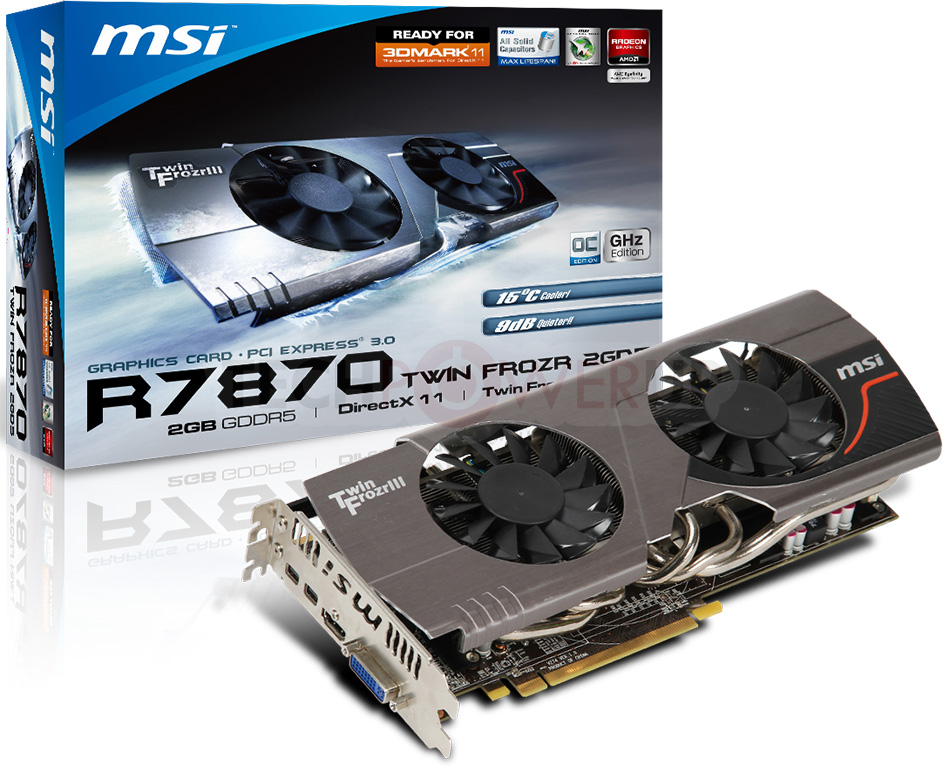
- #Amd radeon hd 7800 series with 2gb vram 1080p#
- #Amd radeon hd 7800 series with 2gb vram plus#
- #Amd radeon hd 7800 series with 2gb vram windows#
None of these cards are particularly well equipped for 4K gaming, and the 2,560 x 1,440 option has become a popular one lately.
#Amd radeon hd 7800 series with 2gb vram 1080p#
If anything is going to cause a bottleneck, it’s these wallet-friendly GPUs, which should make the difference between the two cards much more dramatic.įor this round of benchmarks, we ran tests at both 1080p and 1440p resolutions on a 144Hz Acer XB270HU.
#Amd radeon hd 7800 series with 2gb vram plus#
With an Intel Core i7-6700K mounted into a Z170-Deluxe Motherboard that Asus was kind enough to provide for us, plus 8GB of DDR4 RAM and an Intel 750 Series SATA SSD, the machine is no slouch. In order to keep consistent comparison scores between the R7 370 and the GTX 960 and 950, we’re testing all three cards in our new Skylake test rig. Like the GTX 960, the R7 370 requires a 6-pin PCI-E power connector inside the computer as well. That’s a fairly standard selection of outputs, and similar to what you might find on a card that isn’t intended for multiple monitors or 4K output.

It’s not clear, as of yet, how dramatic an impact this will have on future game performance and graphics fidelity.įor connectivity, the R7 370 offers a pair of dual-link DVI ports, one DVI-I and one DVI-D, plus an HDMI and a DisplayPort. AMD’s 370 is a feature level 11_1 component, while newer cards support feature level 12_0 or 12_1. DirectX 12 compliant cards are classified by their feature level, which tracks the different feature and optimization sets across graphics cards.
#Amd radeon hd 7800 series with 2gb vram windows#
The R7 370 supports DirectX 12 if you have Windows 10, but that’s not the whole story. The R7 370 is large, but slightly smaller than the GTX 950 or 960. The R7 3 stream processors, and 256 bit GDDR5 memory with a 5,6GHz clock. The core clock on the reference card is 975MHz, which XFX bumped to 1,040MHz. Our review unit is an XFX Radeon R7 370 Double Dissipation Black Edition with 2GB of VRAM. The Fury line was found to be not nearly as impressive as when it was introduced, and as much as their triumphant return to prominence would make a great story, a buyout is looking more likely every day.Ĭan the new budget offering from AMD keep up with Nvidia’s popular mid-range series, or is it another out in the bottom of the ninth for the Radeon line? Hardware

The price starts at $150, and the XFX Double Dissapation Black Edition we tested rings up at just $169, aiming the R7 370 squarely at the budget gaming crowd.Īt the same time, AMD has been slipping further and further behind Nvidia as of late in terms of performance offerings. With 2GB of VRAM and a base clock of 1,040MHz, the AMD Radeon R7 370 is no slouch. For more open-minded gamers, the new Radeon R7 370 from AMD sets its crosshairs firmly on the forehead of the GTX 900 Series. For some, the conversation ends there – you have less than $200 to spend on a card, so buy the GTX 950 and call it a day.

When it comes to inexpensive graphics cards, your options aren’t limited, and Nvidia’s $160 GTX 950 is quickly becoming a staple for builders on a budget.


 0 kommentar(er)
0 kommentar(er)
